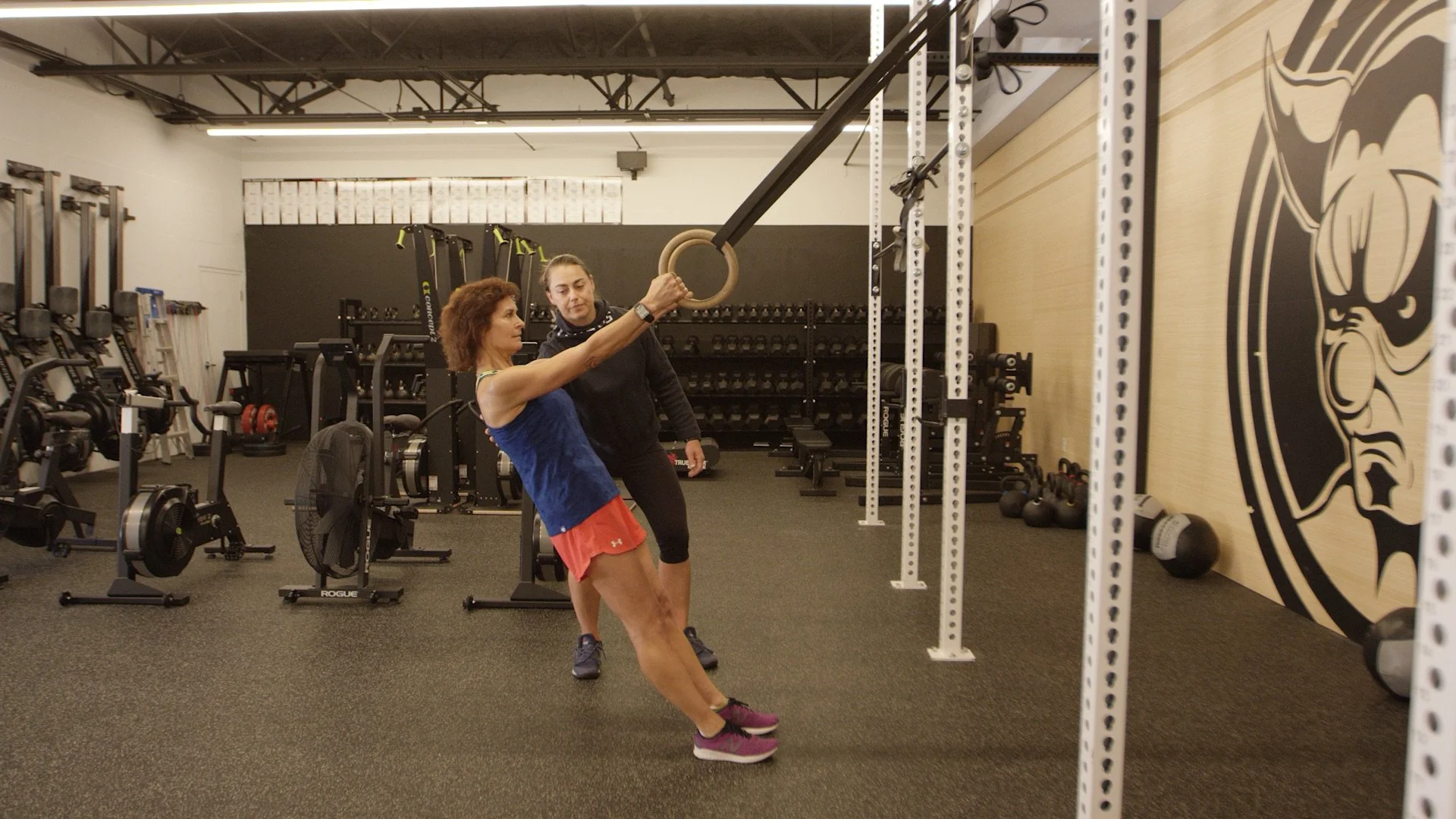Wait, Is That Guy Scaling On Purpose?
You walk into the gym. It’s chaos in the best way. Barbells flying, chalk in the air, and there’s that one guy—jacked, fast, capable—doing push-ups on a box and lighter snatches than everyone else.
What gives?
Here’s the secret: he’s scaling like a pro.
And if you want real results—like get-out-of-bed-without-grimacing strength, or “Wow, I carried all ten grocery bags inside in one trip” energy—you need to know how to scale the right way too.
Not because you’re weak.
But because you’re training smart.
Why Scaling Isn't a Step Down—It's a Shortcut to Progress
There’s a deeply rooted myth floating around CrossFit gyms, whispered between sets of kipping pull-ups:
“If you’re scaling, you’re not doing the real workout.”
Let's crush that nonsense right now. Scaling isn’t a downgrade—it’s a custom suit tailored to your body, your engine, and your current skill level. It’s the difference between surviving a workout and thriving in it.
Scaling preserves the stimulus—the intended intensity and training effect—of the workout. And that’s what matters.
Would you rather:
- Grind through a 12-minute Fran with 95# thrusters and broken pull-ups?
- Or finish in 5 minutes with 65# and ring rows, lungs heaving, legs on fire, feeling like you wrestled a dragon?
Spoiler: It’s option B—every time.
Pain Point #1: The Trap of the RX Badge
Ah, the glorious “RX” next to your name. Shiny. Satisfying. Addictive.
But here’s the rub: chasing RX like it’s some kind of CrossFit Hogwarts letter often backfires.
Picture this:
- You slap on the RX weight.
- The bar feels like a bag of wet cement.
- You’re halfway through the reps when the time cap buzzes.
- You didn't get the volume, the intensity, or the intended training effect.
That’s not training. That’s just ego lifting in disguise.
Your body doesn’t care about Rx=X. It cares about adaptation.
If your goal is to get stronger, leaner, faster, more resilient, you need to train at the right dose for your current capacity. Not your imaginary fitness avatar.
Pain Point #2: When Too Much Complexity Kills Progress
Let's talk about movement complexity.
CrossFit is full of beautiful, ridiculous movements that look like a Cirque du Soleil audition: muscle-ups, pistols, handstand walks. But complexity should come after capacity—not before.
Trying to muscle-up when your pull-up isn’t stable is like installing a hot tub on a roof that’s still under construction.
The truth:
- Complex movements are high risk, low reward if you haven't built the foundation.
- Scaling allows you to groove movement patterns, build volume, and increase strength safely.
- You'll progress faster by simplifying first.
If a workout calls for ring dips, and you're still wobbling like a baby deer on the rings—scale to a box dip or a banded version. Crush that, then earn the next layer.
So… What Does Smart Scaling Look Like?
You don’t need a PhD in exercise science to scale like a pro. You just need to ask one question:
“What is the goal of this workout?”
Every workout has a stimulus:
- Sprint vs. grind
- Volume vs. load
- Skill vs. capacity
Once you know that, scaling becomes easy. You’re not just choosing an easier movement—you’re choosing the version that keeps the intent intact.
Example:
Workout: “Fran” – 21-15-9 Thrusters & Pull-Ups
Stimulus: Short, intense, sprint-like
Smart Scaling:
- 65# thrusters instead of 95#
- Ring rows or jumping pull-ups
- Goal: Finish in under 6 minutes, gasping, sweating, grinning
Real Talk: Scaling Is the Shortcut, Not the Detour
Let’s flip the narrative.
Scaling isn’t something you grow out of—it’s something you grow with. Even top-level athletes scale when:
- They’re nursing an injury
- They’re deloading for recovery
- They’re prioritizing intensity over complexity
You don’t level up by crushing yourself.
You level up by training the right way for the right purpose—and then doing that consistently over time.
Pro Tip: Chase Stimulus, Not Status
Next time you see a workout that includes your personal nemesis—heavy thrusters, rope climbs, toes-to-bar—don’t go into panic mode.
Ask your coach:
- “What’s the intended effect here?”
- “Should this feel like a sprint, a slog, or a steady grind?”
- “What version will help me feel that?”
Then scale accordingly. And crush it.
TL;DR – What You Need to Remember
- Scaling isn’t a step down—it’s a step forward.
- It preserves the stimulus, which is the secret sauce to long-term results.
- Ego lifting slows progress. Smart scaling speeds it up.
- Complex movements are earned through consistent capacity work—not bravado.
- Ask your coach, know the stimulus, and train with purpose.
Because at the end of the day, no one cares if it says “RX” next to your name. They care that you’re fitter, healthier, and stronger than you were last week.
And that starts with training smart—like a pro.
~Coach Christie

